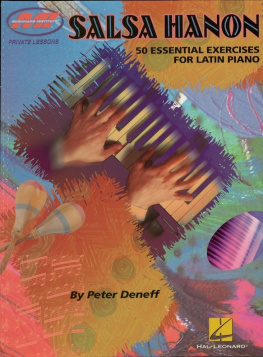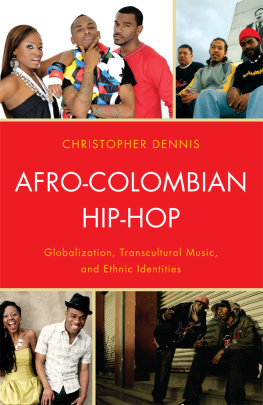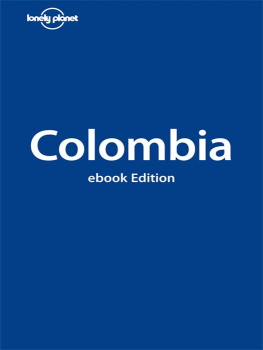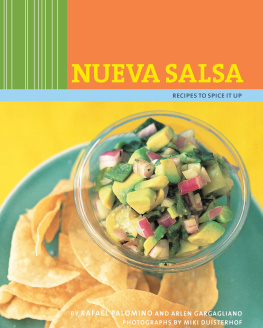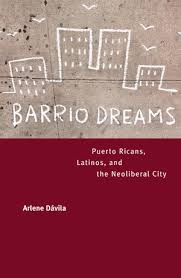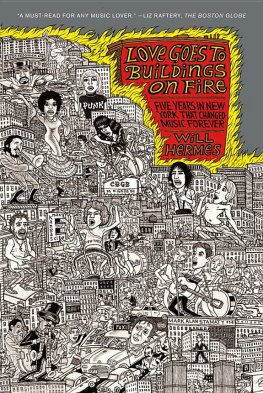The
City
of
Musical
Memory
Music/Culture
A series from Wesleyan University Press Edited by George Lipsitz, Susan McClary, and Robert Walser
My Music by Susan D. Crafts, Daniel Cavicchi, Charles Keil, and the Music in Daily Life Project
Running with the Devil: Power, Gender, and Madness in Heavy Metal Music by Robert Walser
Subcultural Sounds: Micromusics of the West by Mark Slobin
Upside Your Head! Rhythm and Blues on Central Avenue by Johnny Otis
Dissonant Identities: The Rock n Roll Scene in Austin, Texas by Barry Shank
Black Noise: Rap Music and Black Culture in Contemporary America by Tricia Rose
Club Cultures: Music, Media, and Subcultural Capital by Sarah Thornton
Music, Society, Education by Christopher Small
Listening to Salsa: Gender, Latin Popular Music, and Puerto Rican Cultures by Frances Aparicio
Any Sound You Can Imagine: Making Music/Consuming Technology by Paul Thberge
Voices in Bali: Energies and Perceptions in Vocal Music and Dance Theater by Edward Herbst
Popular Music in Theory by Keith Negus
A Thousand Honey Creeks Later: My Life in Music from Basie to Motownand Beyond by Preston Love
Musicking: The Meanings of Performing and Listening by Christopher Small
Music of the Common Tongue: Survival and Celebration in African American Music by Christopher Small
Singing Archaeology: Philip Glasss Akhnaten by John Richardson
Metal, Rock, and Jazz: Perception and the Phenomenology of Musical Experience by Harris M. Berger
Music and Cinema edited by James Buhler, Caryl Flinn, and David Neumeyer
You Better Work!: Underground Dance Music in New York City by Kai Fikentscher
Singing Our Way to Victory: French Cultural Politics and Music During the Great War by Regina M. Sweeney
The Book of Music and Nature: An Anthology of Sounds, Words, Thoughts edited by David Rothenberg and Marta Ulvaeus
Recollecting from the Past: Musical Practice and Spirit Possession on the East Coast of Madagascar by Ron Emoff
Banda: Mexican Musical Life across Borders by Helena Simonett
Global Noise: Rap and Hip-Hop outside the USA edited by Tony Mitchell
The Hood Comes First: Race, Space, and Place in Rap and Hip-Hop by Murray Forman
Manufacturing the Muse: Estey Organs and Consumer Culture in Victorian America by Dennis Waring
Bright Balkan Morning: Romani Lives and the Power of Music in Greek Macedonia by Dick Blau, Charles and Angeliki Keil, and Steven Feld
The
City
of
Musical
Memory
Lise A. Waxer
Salsa,
Record Grooves,
and Popular Culture
in Cali, Colombia

Published by Wesleyan University Press
Middletown, CT 06459
Copyright by Lise A. Waxer, 2002
All rights reserved
ISBN 0-8195-6441-9 cloth
ISBN 0-8195-6442-7 paper
Printed in the United States of America
Design and composition by Chris Crochetire,
B. Williams & Associates
5 4 3 2 1
Library of Congress Cataloging-in-Publication Data
Waxer, Lise.
The city of musical memory : Salsa, record grooves, and popular culture in Cali, Colombia / by Lise A. Waxer.
p. cm. (Music/culture)
Includes bibliographical references, discography, and index.
ISBN 0-8195-6441-9 (cloth: alk. paper)
ISBN 0-8195-6442-7 (pbk.: alk. paper)
1. Salsa (Music)Social aspectsColombiaCali.
2. Salsa (Music)History and criticism.
3. Salsa (Dance)History and criticism.
4. Cali (Colombia)Social life and customs.
I. Title. II. Series.
ML3918.S26 W38 2002
781.64dc21 2002066162
For Medardo Arias Satizbal,
el poeta de las noches caleas
Contents
Illustrations
Frontispiece | Colombia |
Tables |

Preface
My husband, to whom this book is dedicated, likes to recount an anecdote about the Brazilian crooner Miltinho, who gave a concert in Cali in 1983. The singer was much loved by local audiences for his three albums of boleros (love ballads) in Spanish, produced in the 1960s. Long retired from music and with faded, patchy memories of the boleros and scores of other tunes he recorded in his lifetime, Miltinho valiantly tried to remember the lyrics to his old hits as he sang before his expectant Caleo (Cali-based) fans. Each time he began a song, however, memory failed him, and he could not complete the tune. To his surprise, the audiencewho had memorized his songs by heart from the recordingstook up where he left off and finished each song in chorus from the rafters. The old man, stunned and overwhelmed by the loving tribute of his fans, wept openly onstage.
I love this story, because italong with many others that unfold on the pages of this bookembodies the powerful ties between musical memory and recordings in Cali. While conducting field research in this Colombian city, I often heard it said that Cali was the city of musical memory, and nearly everything I encountered in my study of local popular culture drew me back to this point. More familiar is Calis vociferous claim to be the world capital of salsa. Colombians are also familiar with Calis slogan as heavens outposta pleasure hub of fantasy and alegra (happiness). The first saying, however, is the most potent. To anyone fascinated by sound recordings and their capacity to generate links to new, imagined spacespast or presentthe Caleo obsession with records offers a particularly potent vein for ethnomusicological study. For instance, many Caleos assert that they are Caribbean despite their geographic distance from its sparkling blue waters. This cultural identification has emerged by virtue of their having embraced salsa and its Cuban and Puerto Rican roots, and Caleos proudly acknowledge the role that recordings have played in first introducing and then maintaining these sounds in local popular culture. This is an imagined space built from technological links. Having myself tumbled into an Alices Wonderland of sonically induced imaginary landscapes when I discovered Benny Goodmans 1938 Carnegie Hall recording at the public library when I was twelvewith ensuing metamorphoses via exposure to records of different musical styles ever sinceI could easily relate to such a claim. These are worlds Walter Benjamin scarcely dreamed of when describing the work of art in the age of mechanical reproduction (1936). Far from being alienated, Caleos have formed a rich and vivid musical culture based on recordings and the memories pulled out of their vinyl grooves.
In the following chapters, I explore the theoretical ramifications of the music-memory link and its conjuncture through sound recordings, unfolding my study through an ethnographic analysis of this process in one Latin American city. I was initially drawn to Cali because of stories I had heard about its being the supposed world capital of salsa. During pilot field-work conducted in Caracas in 1992, musicians urged me to visit Cali, especially since the Venezuelan scene had diminished greatly since the mid-1980s. Cali is the place to be! they exclaimeda salsa paradise with dozens of bars and nightclubs specializing in salsa, all-salsa radio stations, and many local bands. Later, I decided to relocate my research to Cali, using Caracas as a point of comparison for my Colombian research.
Next page


